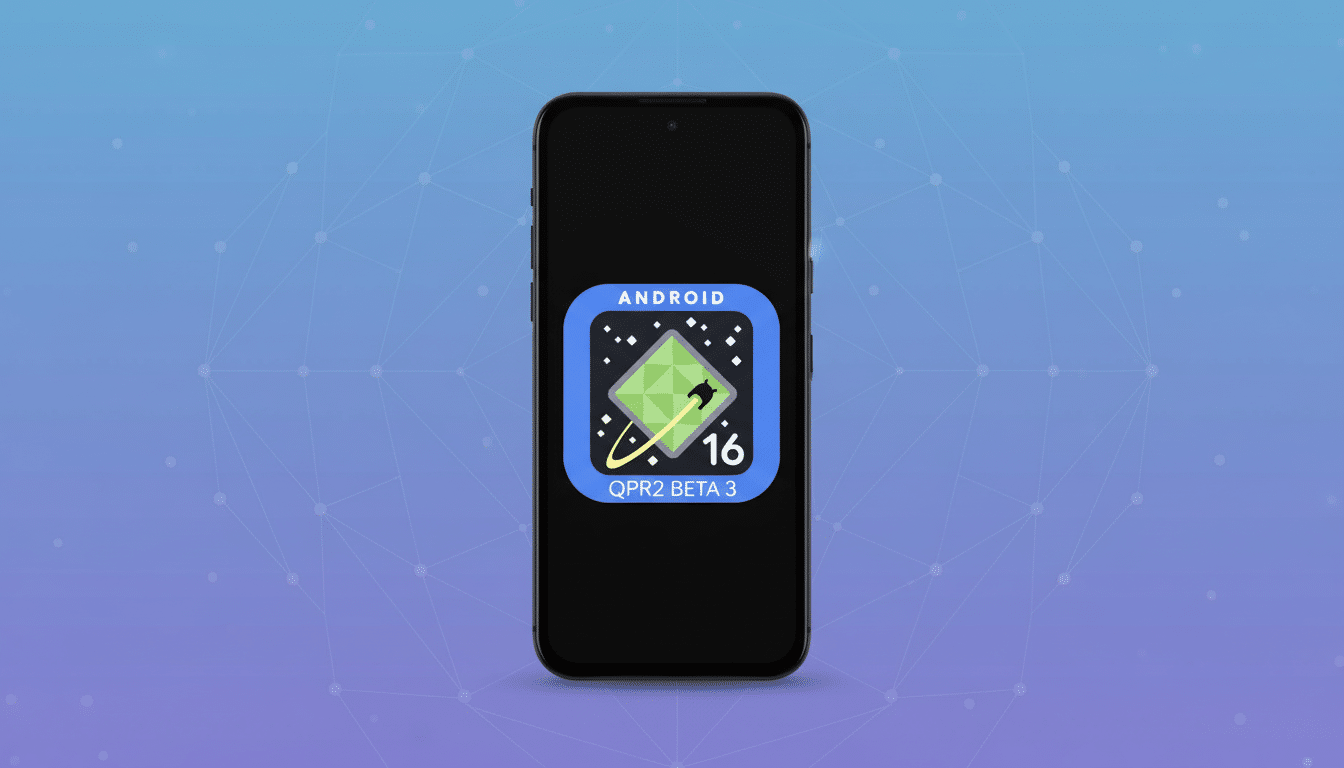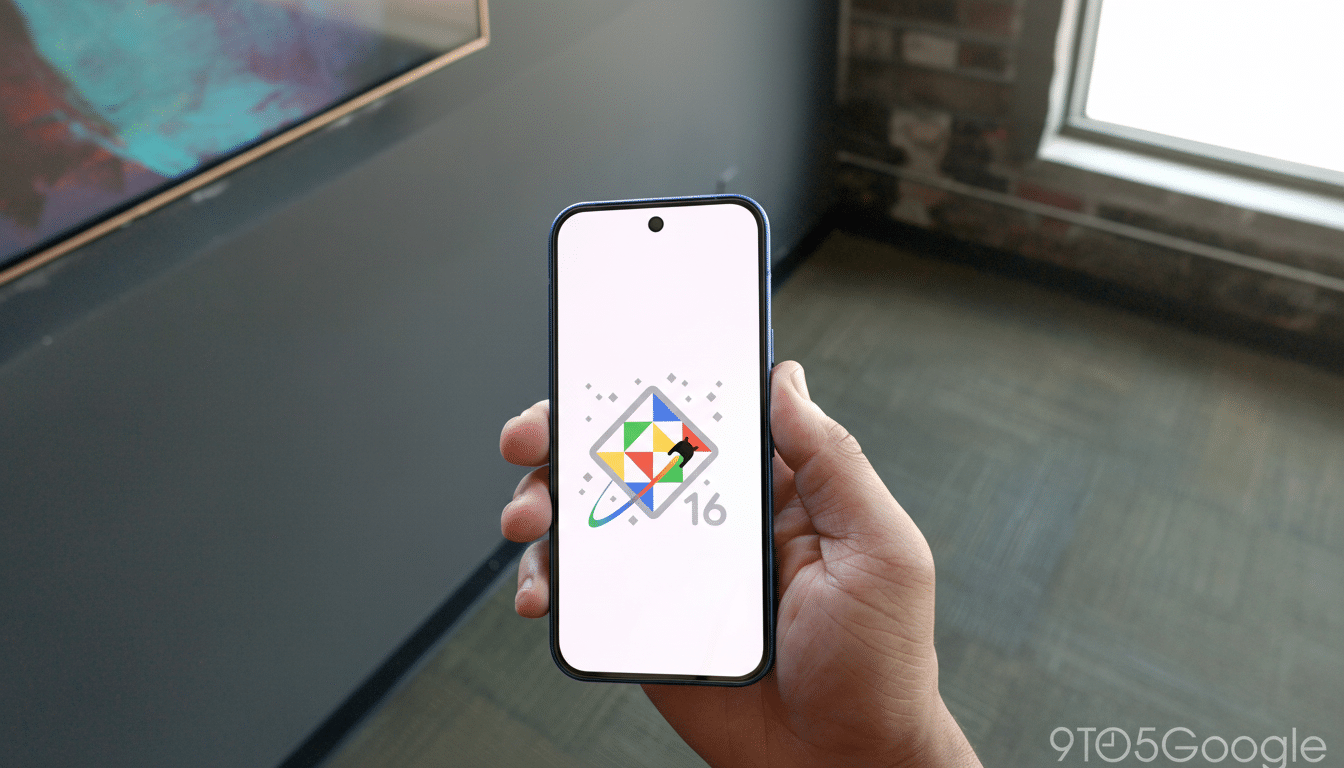Android 16 QPR2 Beta 3 is currently being rolled out to Pixel devices – available for download – and while this particular build is more about polishing, there are still a few notable upgrades on offer. The search giant’s latest beta further locks down the lock screen, introduces a new setting for accessibility, nudges system UI one step closer to final, and deals with a handful of issues you want taken care of—and if all that isn’t enough to entice you to install it over 8.1 Oreo, well, Google even throws in the very latest security patch level, too. For Pixel owners following along with the next Feature Drop, this beta provides a clear window into what’s just about ready for prime time.
What’s new in Android 16 QPR2 Beta 3 for Pixels
Whereas previous QPR2 betas made major changes (auto-themed app icons, improved dark theme handling, custom icon shapes), Beta 3 is a refinement pass. According to the Android Beta Program notes in Google’s AOSP and the new changelog on those lists, this is stability and user‑facing polish for Pixels from the Pixel 6 up through the Pixel 10 models.
- What’s new in Android 16 QPR2 Beta 3 for Pixels
- Lock screen widgets get refinements and privacy notes
- New accessibility control reduces blur across system
- Android Easter egg now benefits from Live Updates
- A Faster Way to Find the Picture You Want
- Small but meaningful UI fixes improve daily use
- Why Pixel owners should care about this QPR2 beta

Lock screen widgets get refinements and privacy notes
Lock screen widgets are still coming to Pixels, but Google is bundling settings for a stable release. And in Beta 3, the “Widgets on lock screen” option is now its own submenu with an icon at the top, a text label that explicitly says “Beta,” and a privacy warning explaining that anything you put here can be seen without unlocking your phone. The “when to automatically show” control has been dropped for now, reducing complexity at the same time Google tunes behavior.
There’s also a playful note: Tapping the lock screen clock now activates a little “fidget” animation, in keeping with the Material 3 Expressive design language. Some users might also see that alternative clock styles don’t show up in Wallpaper & style — which, again, we hope is more of a temporary stepping back than a permanent dropping of support for them.
New accessibility control reduces blur across system
If you’re a Pixel user who likes more color contrast or experiences motion sensitivity, you get a new option under Settings > Accessibility > Color & motion.
The new “Reduce blur effects” switch kills off background blurs on the quick settings panel, notification shade, lock screen, app drawer, and recent apps. It’s a subtle change, but it can make reading text much more legible, especially on busy wallpapers or in direct sunlight. Accessibility advocates have long advocated specific motion controls, and it’s a concrete step in that direction.
Android Easter egg now benefits from Live Updates
Even the Android Easter egg has a brain. When you turn on the spaceship game autopilot and then switch to another app, there is now a small status chip in the status bar to indicate progress towards your next destination. Google has basically hardwired “Live Updates” into the Easter egg; it’s a great way to demonstrate how the system can offer users lightweight but persistent status without dragging you back into an app.

A Faster Way to Find the Picture You Want
Android’s secure Photo Picker is getting two quality‑of‑life enhancements: a date scrubber to quickly jump to an exact month in your gallery as well as voice search suggestions, letting you easily filter photos with minimal inputs.
The changes also reduce the number of taps and scroll time you have to put into everyday tasks — like attaching images to messages or forms. The feature set of the copy‑paste utility Photo Picker has grown by leaps and bounds—a trend designed to curtail permission creep—and these enhancements render the privacy‑friendly feature even more convenient.
Small but meaningful UI fixes improve daily use
There are lots of little steps that add up to a smoother daily experience:
- The media player properly retreats to the lock screen, fixing an annoying Beta 2 bug.
- The app icon long‑press menu gets plus icons next to shortcuts, cementing their affordance and hinting at easier shortcut pinning.
- Live Caption is once again included in the volume controls when enabled, bringing back a popular accessibility quick toggle.
- Sliders for Vibration & haptics now display level indicators, providing more detailed feedback as you slide to adjust your settings for alerts and touch response.
They all add up, combined with a bunch of bug patches under the hood (detailed in Google’s release notes), to what sounds very much like the platform team buttoning down edge cases ahead of wider deployment.
Why Pixel owners should care about this QPR2 beta
The builds of QPR are the runway for Pixel Feature Drops, and Beta 3 appears to be the last‑mile stabilization. Things like the blur reduction toggle and subtle lock screen widgets certainly make a difference, particularly when it comes to accessibility and glanceable info. The Live Updates integration, while lighthearted in the Easter egg, hints at larger ambitions for ambient status indicators inside apps.
If your Pixel is your primary device, then the beta is closer to being stable than previous releases but it’s still a test build. But this is also a time to verify behavior for your apps, including exercising the new UI states and checking if you have any remaining bugs filed against your app through the Android Beta report in the Play Console, and filing bugs via Google Issue Tracker. The polish here makes it look like a smooth handoff to the next phase isn’t far away.

